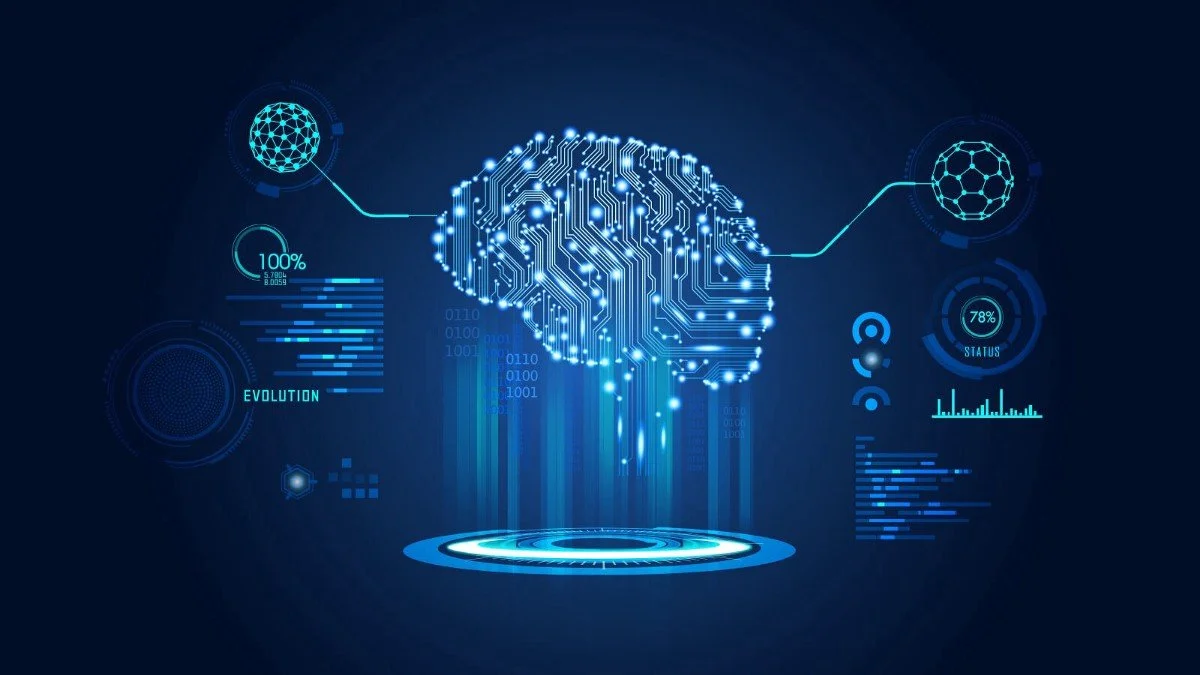Machine Learning Business Benefits and Use Cases
With the unrelenting growth of data science, machine learning, and AI technologies, more and more businesses are harnessing the power of these technologies to improve their businesses.
Machine learning can help businesses garner insights from raw data very efficiently. Machine learning algorithms and models can learn from a given data set, understand patterns, behaviors, and outcomes. Depending on the use case, this can sometimes be accomplished with little to no hands-on programming.
In this way, it’s easier than ever to build or integrate ML into existing business processes. The constantly evolving nature of machine learning technology helps businesses ensure that they’re always ahead of the curve when it comes to business and consumer needs.
In this article, we will explore exactly how machine learning can benefit businesses of all shapes and sizes.
Machine Learning 101
Before we dive into the benefits we should have some foundational understanding on how machine learning works. Machine learning is generally the process of extracting meaningful insights from raw data. Plainly, given data and a performance metric, a machine should learn the appropriate model or set of rules to perform a given task.
One example of a machine learning algorithm that you interact with all the time is spam filtering for email. Determining whether or not an email is spam is a probabilistic problem - probabilistic just means that we’re uncertain and that some emails might look like spam even if they aren’t and vice versa. In this example, we can show a computer a variety of emails and instruct it to maximize the number of emails it correctly classifies as spam. Then the computer will figure out, based on the information in the emails and the information we know about the sender and recipient of the email, which are likely to be spam vs not spam. The information the computer uses to make this judgement might include the text of the email, images, whether or not the sender/receiver ever communicated before, etc.
Then the computer might receive feedback from you - like when you mark something in your spam folder as “not spam” or something in your inbox as “spam”. It learns from those corrections and updates the set of rules it uses to classify emails.
The main characteristic that differentiates machine learning algorithms from non-ML algorithms are their adaptability. Machine learning algorithms can evolve over time with minimal human input. The more data the ML algorithm is exposed to, the more accurate the analytics or predictions will be.
By leveraging the power of machine learning, many businesses have been able to:
Easily adapt to ever-changing market conditions
Predict customer outcomes
Improve business operations
Gain a greater understanding of the overall business and consumer needs
Moreover, machine learning can be combined with other technologies like artificial intelligence, business analytics, or user research to create a suite of interconnected analytics and insights. Combined with powerful cloud computing services like Azure Machine Learning or Amazon SageMaker, users are more empowered than ever to integrate ML into any area of the business.
Machine learning use cases
Now that we have a foundational understanding of machine learning, let’s dive into some of the benefits it can offer to businesses and organizations.
User behavior analysis
Analyzing user behavior is one of the most popular use cases for machine learning and is applicable across industries. Businesses collect vast amounts of user and customer data - leveraging machine learning allows businesses to make sense of user data with relatively little human input or time. Some common analyses include:
Predicting customer purchasing habits
Forecasting market trends
Predicting which products will rise or fall in popularity
Optimizing prices
Analyzing user behavior is not necessarily limited to customers or users. Any person or organization can be considered a user if they interact with the business. ML can be used to identify and surface hidden patterns or behaviors that may not be easily detectable by woman analysis, thus offering businesses a deeper understanding of the processes at play.
Improving Automating
Automation merely means the streamlining of manual and repetitive tasks. Typically, humans perform many small tasks that could be automated to free up that human time for more complicated tasks or reduce human labor costs. The future of automation is leveraging machine learning methods to create efficient and scalable processes that are constantly improving.
Improving security
With the ever increasing amount of web services, businesses rely more and more on services that interact in a connected way. In turn, risks associated with this have grown - including:
Phishing attacks
Identity theft
Ransomware
Data breaches
Privacy concerns
DDoS attacks
While businesses follow long lists of prevention measures in an attempt to ensure security, including everything from firewalls to strict data storage and retrieval polices, there are still innumerable human hours spent on preventing security breaches.
Machine Learning can help alleviate some of the workload currently sitting with security teams.
Let’s return to our spam filter example from earlier. Businesses can significantly reduce dangerous emails, like phishing attempt, in employee inboxes by implementing a machine learning solution. As ML models are constantly learning, the more emails the ML algorithm encounters, the more accurate the filtering mechanism becomes.
Don’t miss out on the benefits of machine learning
Machine learning is quickly becoming a table stakes technology that is woven into all business sectors to solve complex business problems, while simultaneously scaling effort and impact across an organization.
While implementing a businesses first ML solution can feel daunting or expensive, it can provide significant and tangible benefits over cheaper or quicker analytical methods.
Still not sure where to start?
Need in depth answers or walkthroughs of how to implement Machine Learning in your organization today? Send us an email to inquire about hands on consulting or workshops!




